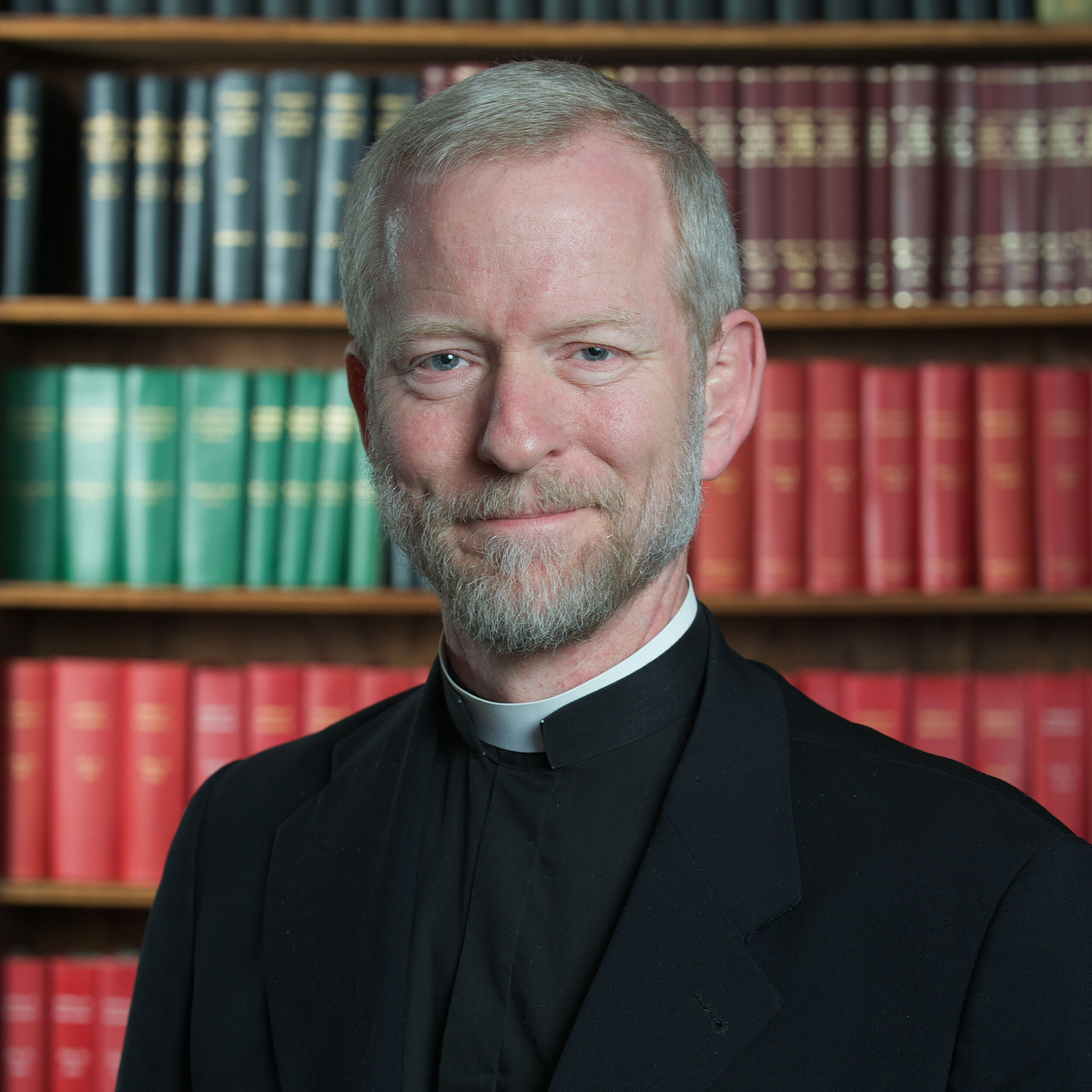Making Sense of Bioethics: Column 013: Thawing the Frozen Embryo Myths
A study funded by the Rand Corporation in 2002 determined that there are roughly 400,000 frozen human embryos being stored in the United States in fertility clinics. One of the chief arguments used to justify embryonic stem cell research involves the claim that these embryos are “just going to be thrown away anyway,” and therefore, we should “get some good out of them.” Perhaps Katie Couric put it most bluntly during one of her interviews in 2001 when she asked White House aide Karen Hughes this question:
Of course, many of these frozen embryos will be discarded because they won't be needed, so they'll be thrown in a dumpster anyway. Does it trouble President Bush that these things are being thrown away when they have the potential to save lives?
This widely repeated and seductive argument has ensnared not only numerous commentators and lawmakers, but also many Americans, and countless Catholics as well. It is worth considering several fallacies and falsehoods embedded in this argument.
The first fallacy is the idea that most of the currently frozen embryos are already earmarked for destruction. In point of fact, the vast majority of these embryos are not slated to be thrown out; rather, according to the same Rand Corporation study, approximately 88% are being kept in storage for future family building, and only about 3% have been “donated” for research.
The push to strip-mine embryos that are stored in the deep-freeze is but the opening salvo of a broader effort to produce many more doomed embryonic humans in Petri dishes for research purposes. Canada, for example, announced a policy in 2006 permitting research not only on embryos taken out of the deep-freeze, but also on freshly prepared, never frozen, in vitro fertilization embryos.
The second fallacy concerns the idea that if some of these embryos will be “thrown out” by someone else, with fatal consequences for those embryos, that somehow makes it OK for me as a researcher to destroy those same embryos in the interests of science. In point of fact, however, the unethical behavior of others can never condone immorality on our part. Somebody’s imminent death, moreover, does not create a license for us to subject them to lethal forms of experimentation. Organs, for example, may not be forcibly taken out of death-row inmates merely because they are going to “die anyway.” The language of Katie Couric sets a misleading tone for the discussion, by suggesting that embryos are mere objects, “things” for our manipulation, ultimately little more than dumpster-bound material. Representative Chris Smith of New Jersey, on the other hand, sets a more proper tone when he observes that it is, "…highly offensive, insensitive and inhumane to label human embryos as excess or throwaway or spare."
To put it simply: human beings are never disposable, whether in the form of a zygote, an embryo, a fetus, a neonate, an infant, a child, an adolescent, a teenager, an adult, or a 90 year old woman. Humans exist as a remarkable biological continuum that extends from conception until death. Our fundamental and unique value is never determined or diminished by our stage of development. Dr. Alfred Bongiovanni of the University of Pennsylvania once testified at a Senate Judiciary subcommittee hearing in these words:
I am no more prepared to say that these early stages represent an incomplete human being than I would be to say that the child prior to the dramatic effects of puberty is not a human being.
As fellow human beings, human embryos ought never to be subjected to death-dealing experiments aimed only at benefiting others. The violations here are grave enough that Cardinal Alfonso Lopez Trujillo, head of the Pontifical Council for the Family in Rome, once stressed how the automatic excommunication that happens when a Catholic knowingly and freely chooses an abortion should apply equally to a researcher involved in destructive embryonic research. The Cardinal was quoted as saying, “To destroy the embryo is equivalent to an abortion, and the excommunication applies to the woman, the doctors, [and] the researchers who eliminate embryos.”
An excommunication is the heaviest spiritual sanction the Church can render. As long as it is in force, it bars the excommunicated individual from the church community and from receiving most of the sacraments. It also places his eternal salvation in jeopardy until such time as the excommunication is lifted. Hence, parents must be especially attentive to never hand over their embryonic children who are still frozen to researchers eager to extract their stem cells. Catholic scientists and politicians likewise should be especially attentive to refrain from research or legislative efforts aimed at promoting the destructive harvesting of the youngest and most vulnerable members of the human family.
Copyright © 2020, The National Catholic Bioethics Center, Philadelphia, PA. All rights reserved.

